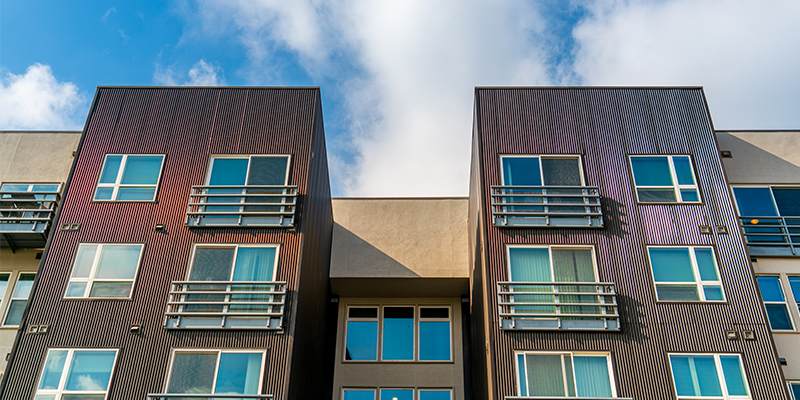By Jason Keil
To avoid costly missteps in the construction of a cold storage facility, it is crucial to maintain open and clear communication between developers and contractors. A session at NAIOP’s I.CON Cold Storage conference this week in Phoenix featured Tyler Cushman, senior development manager at RL Cold; Kieran Flanagan, a principal in development and construction at Saxum Real Estate; Scott Guimond, vice president, Fisher Construction Group; and Matt Hirsch, president, Primus Builders, who discussed how to bridge the gap between developers and contractors so both parties can manage the challenges of cold storage projects and build more efficient, high-performance facilities.
Choosing the Right Site
Cushman recommends identifying the needs of your customer or the commodity type as a first step. He explained that from there, developers can start to understand what logistics are important, such as accessibility to rail or port, electrical capacity, water usage, and proximity to manufacturing facilities and plants.
Cushman added, “As we identify what a truly, fully entitled site is, we start to build a team, get boots on the ground, and understand who the players are.”
Guimond emphasized the importance of examining the site’s geometry and its potential impact on future phases. He also advised obtaining a geotechnical report that extends beyond the surface of the soil.
Cushman stated, “Understanding every piece of information to the best of your abilities upfront is really going to help you succeed and move forward as you go into this process.”
Identify Cost Drivers
Flanagan noted that everything from the concrete to the roofing has to be done differently in a cold storage project. He cautioned that if these elements aren’t put together correctly, the costs can add up. However, Flanagan explained, if you design for convertibility ahead of time, you can reduce costs and capture your market. He recommended holding discussions with tenants to inform design considerations and determine which premiums to include in the project.
We also have to look at our tenants and say, ‘What [are your operating] costs going to be when you put in different refrigeration systems?’ They’re massive energy hubs. So how do you gather that?”
Present All the Options
Hirsch said that he has found success by presenting tenants with a standard building and then educating them on alternatives. According to Hirsch, this process can help avoid potential budget constraints in the future.
Hirsch explained: “That empowers the developer to go to the market and understand what they can and can’t do, and understand what it’s going to do to the overall building impact. When a team can really set that, it empowers all parties to price it well, create a good, strong budget [where] everybody knows what’s in there, and then give options to the developer as they’re pursuing different tenants for the space.”
Keep Communicating
Flanagan emphasized the importance of keeping your team close and maintaining constant communication – for example, knowing when everything is purchased and the lead times for each. Flanagan said that because interest rates carry very high costs, missing a milestone can become very expensive very quickly.
Flanagan added, “You get into a cadence, and you have to maintain it throughout the whole thing.”
Stay Flexible but See the Big Picture
Guimond emphasized that addressing details early enables flexibility, while missing timely decisions can result in missed opportunities.
Flanagan points out that the weather can have a huge impact on construction. He stresses that it’s important to stabilize the building first to boost productivity later.
Flanagan added, “You have to be nimble … you’re not out there to hammer, you’re there to troubleshoot and make sure that you can make it flow.”








